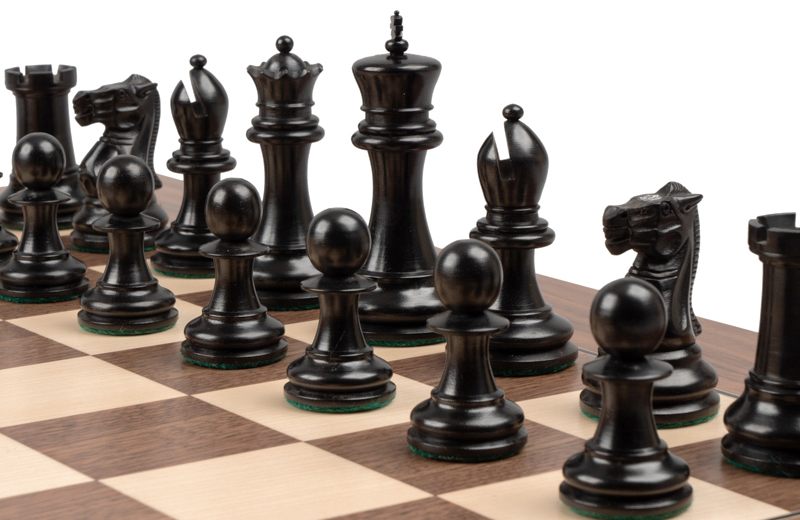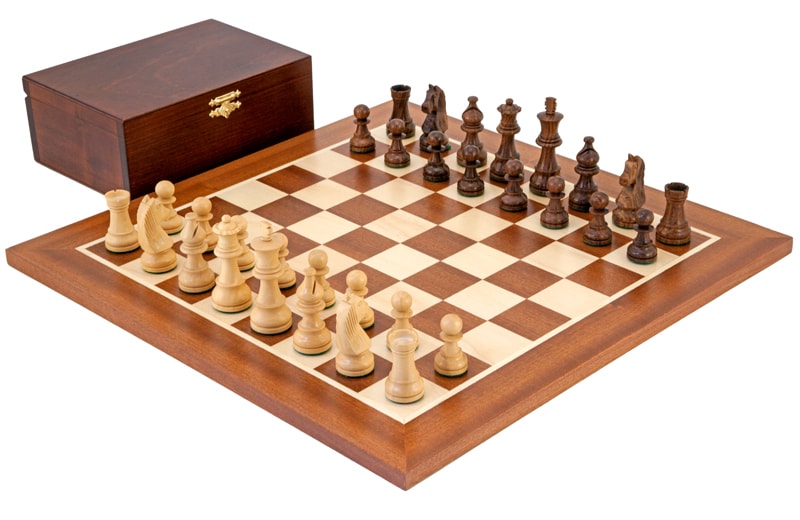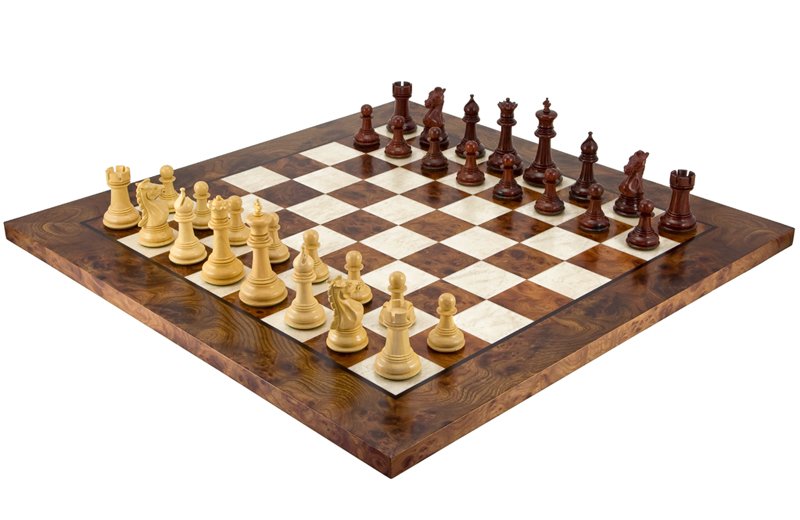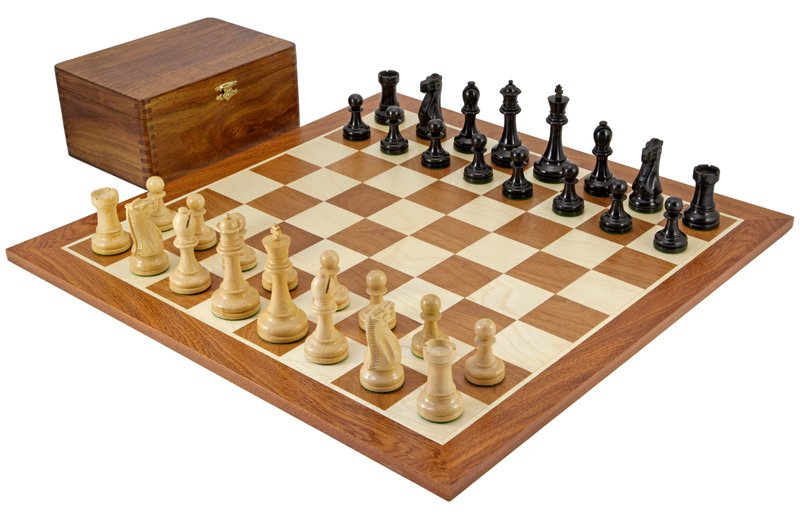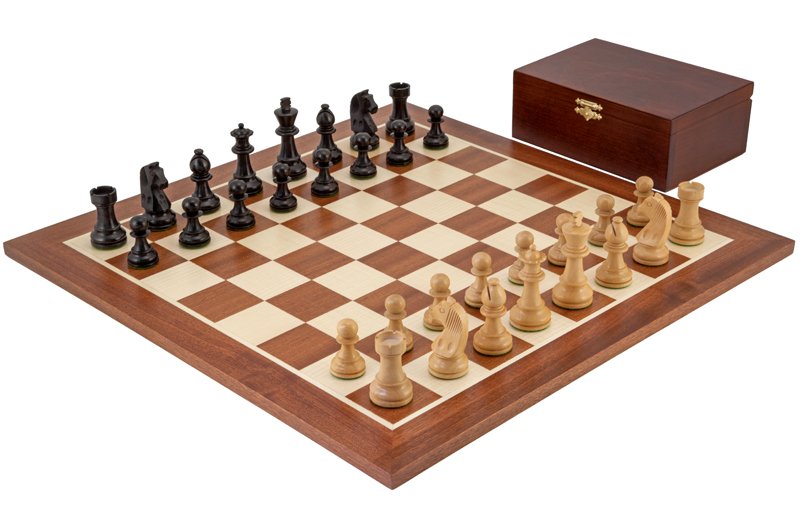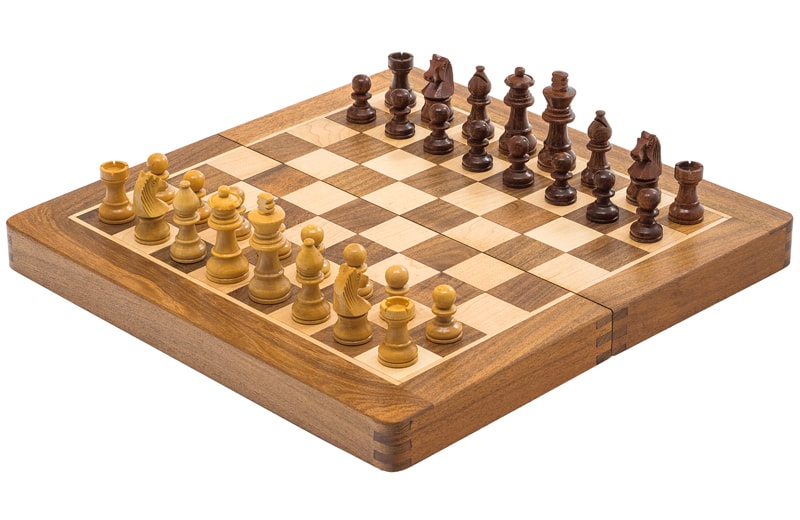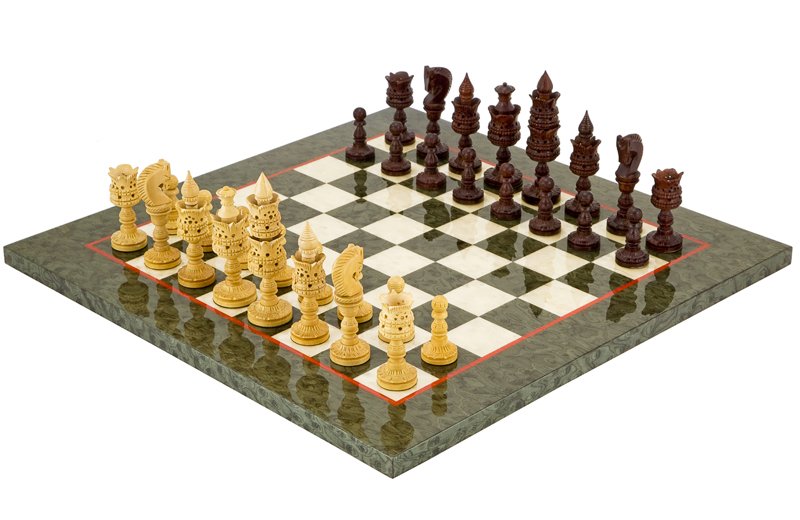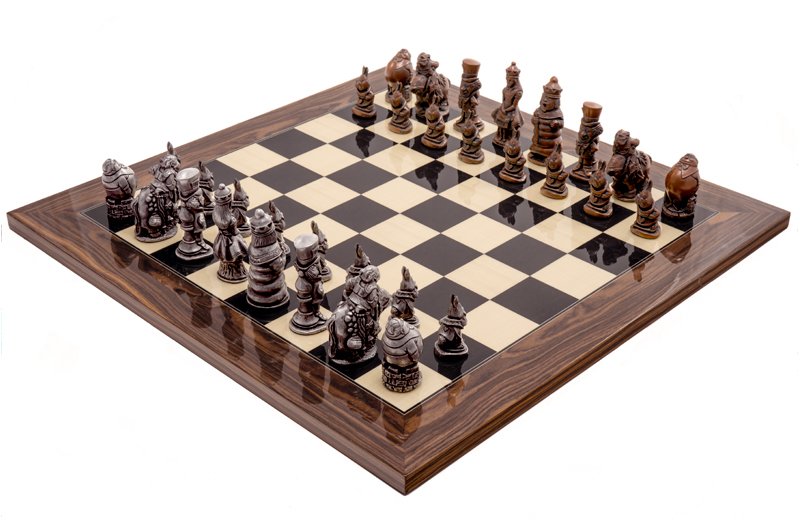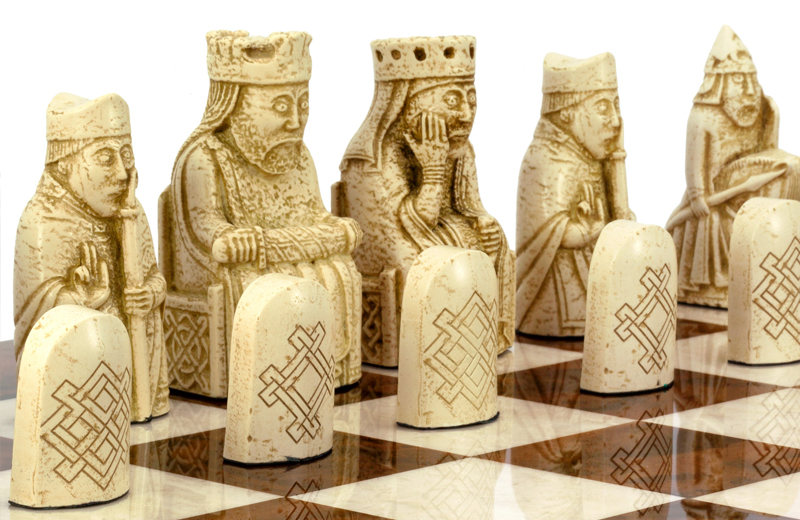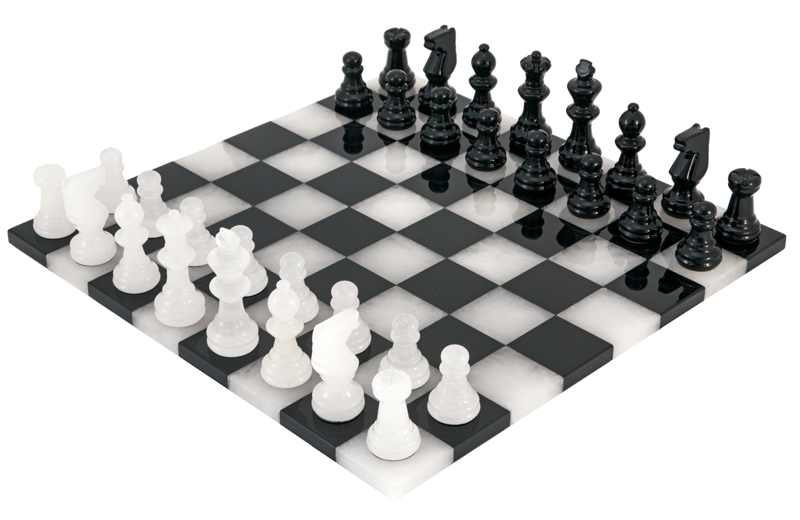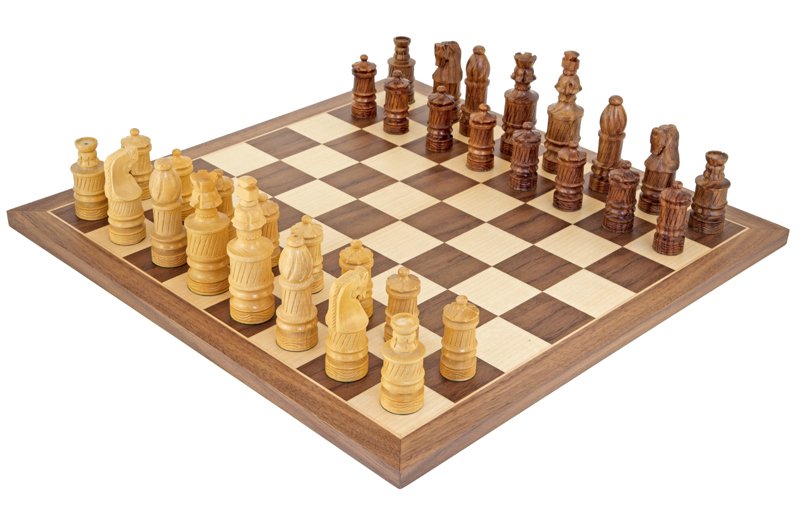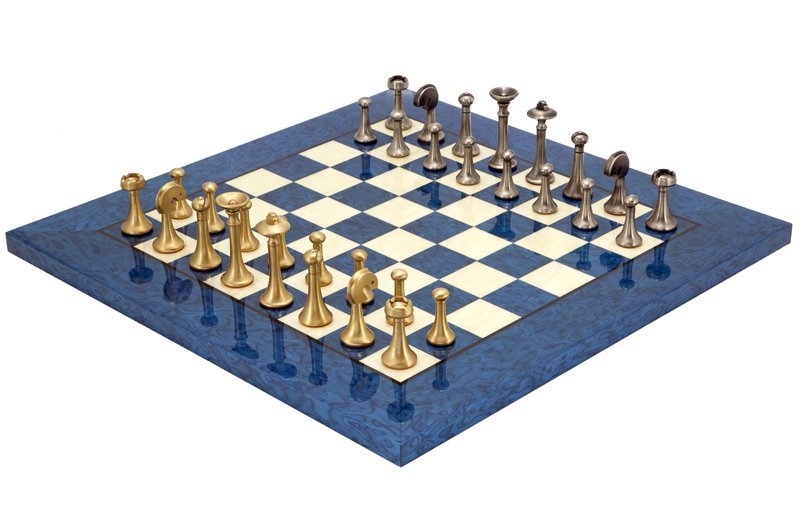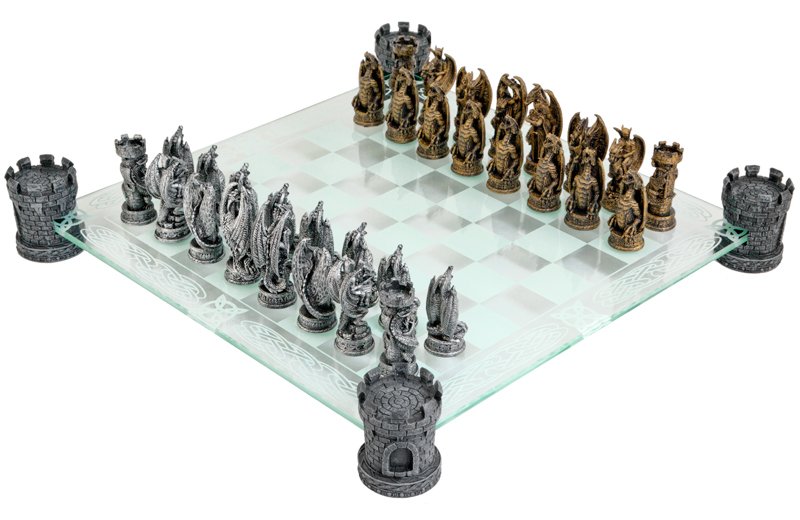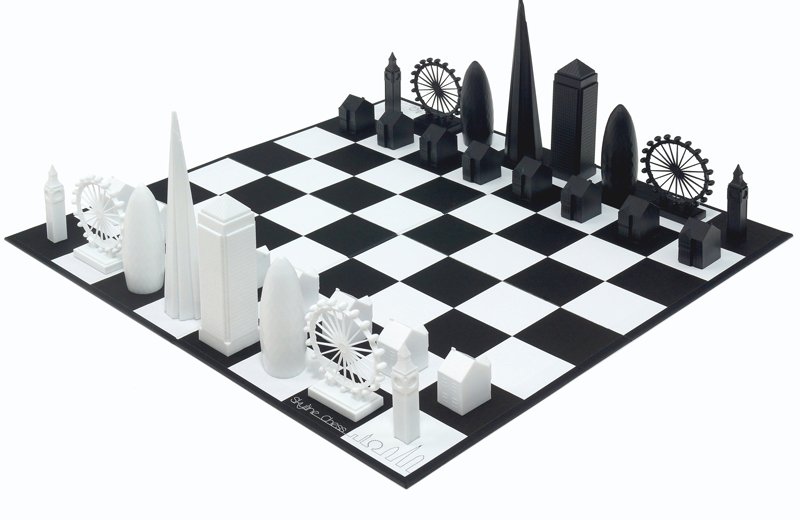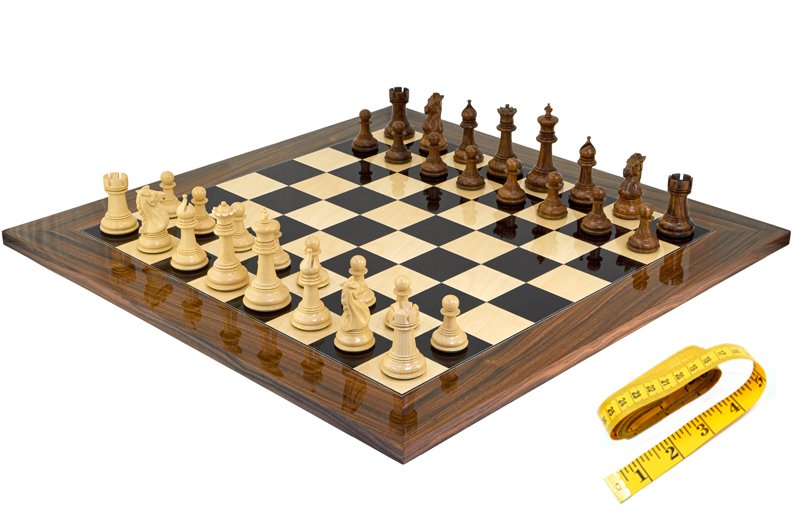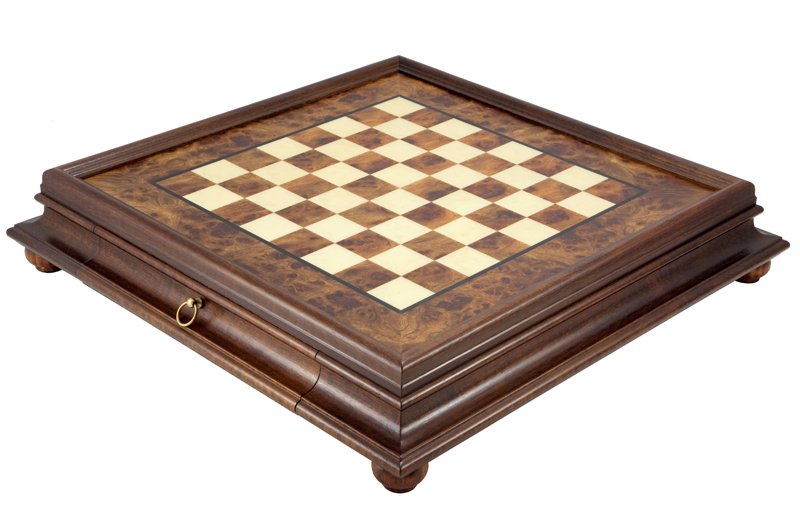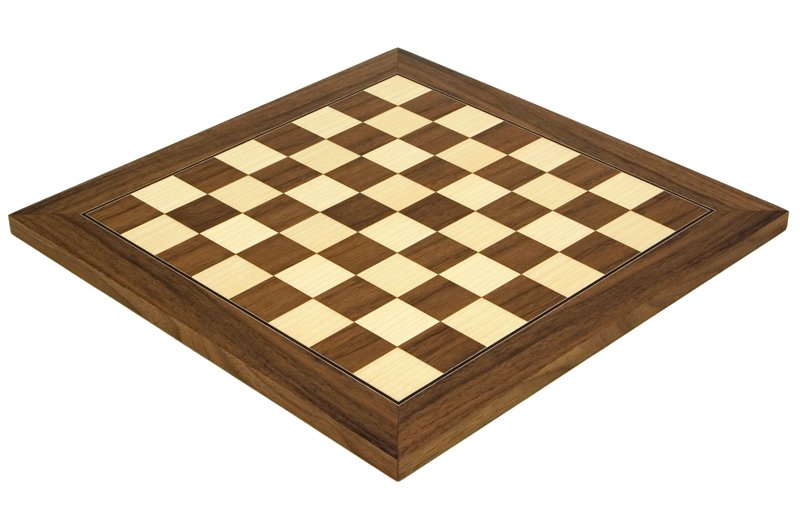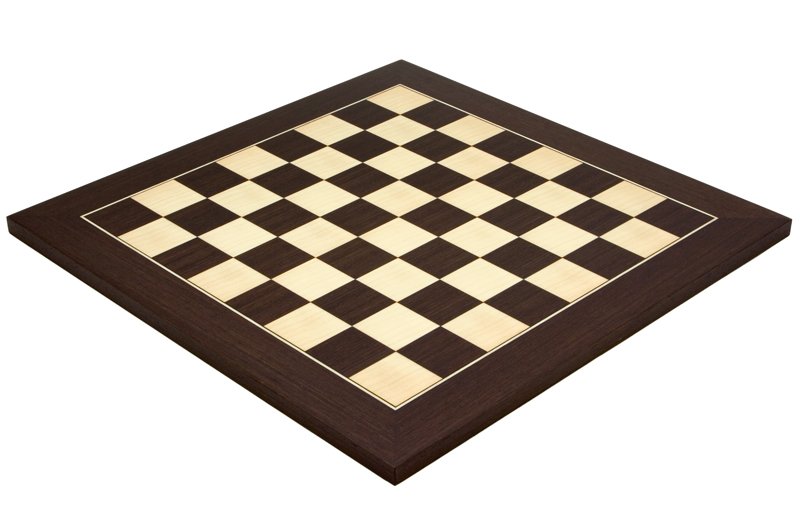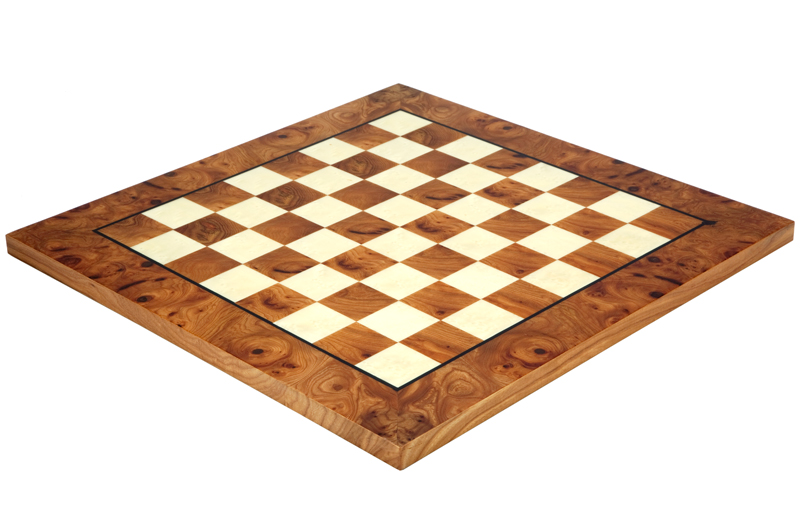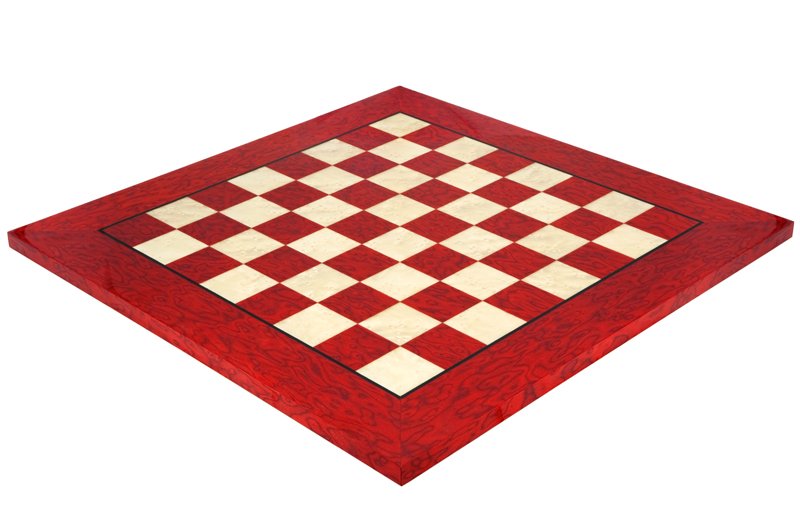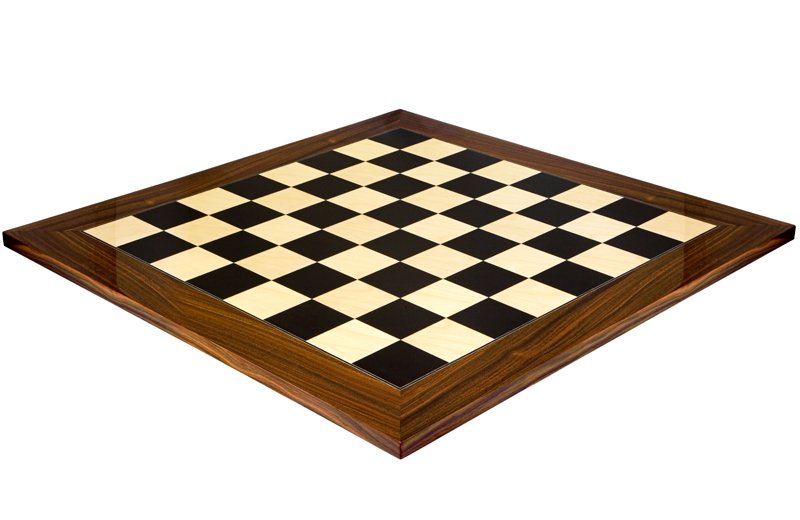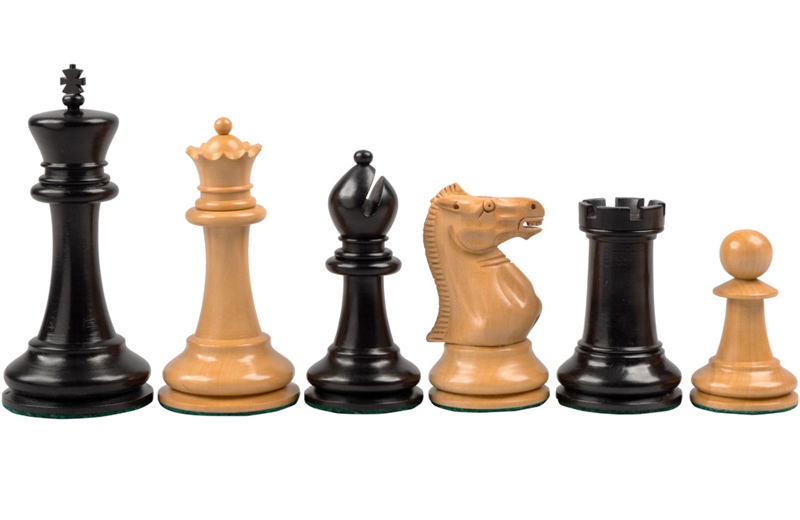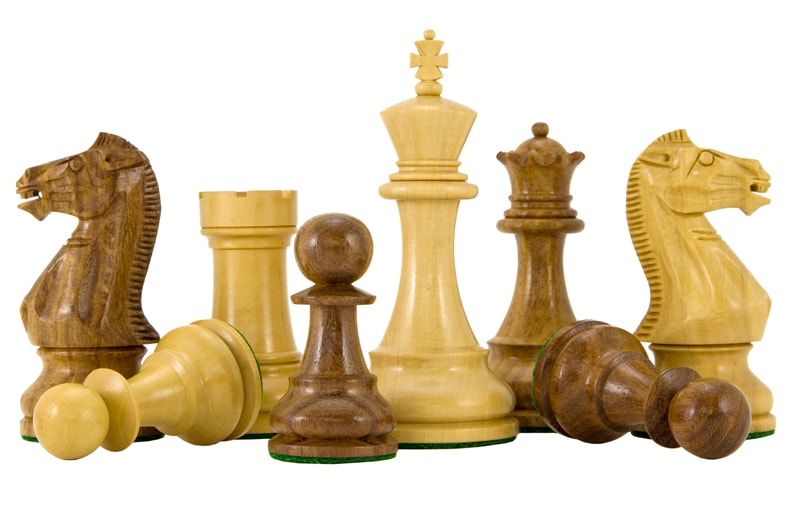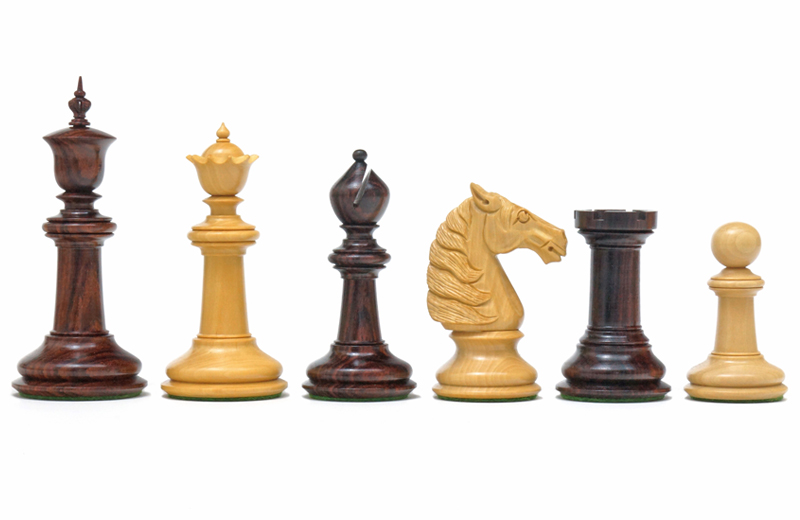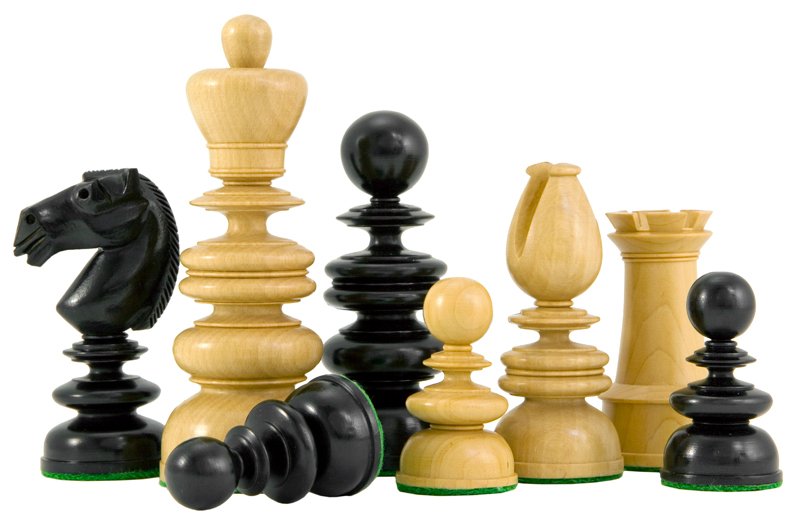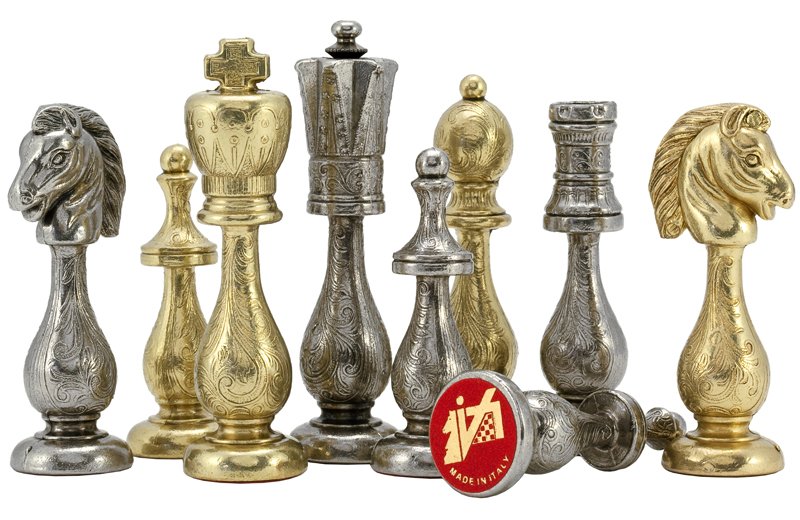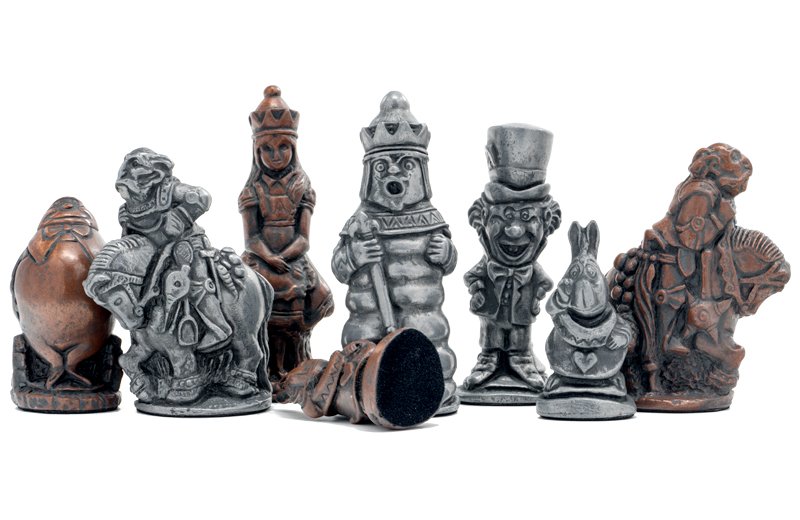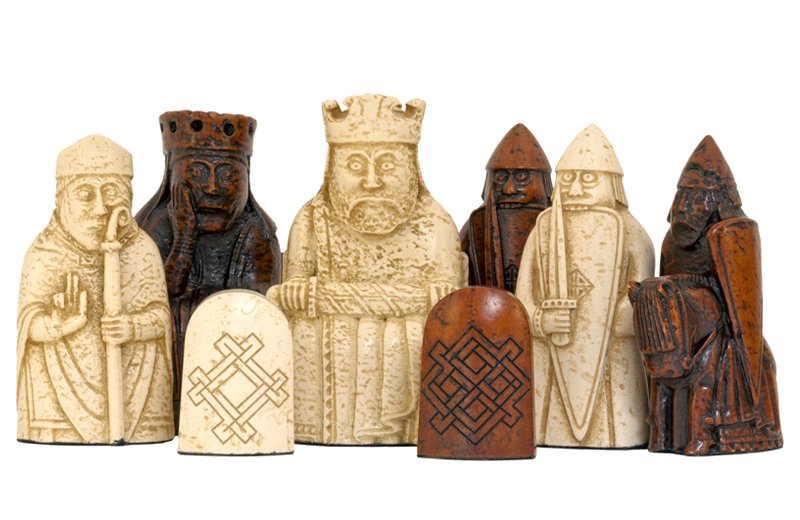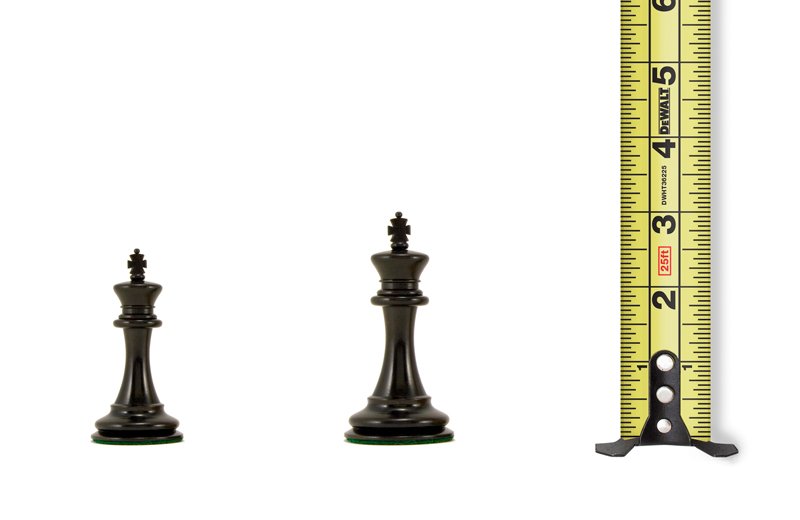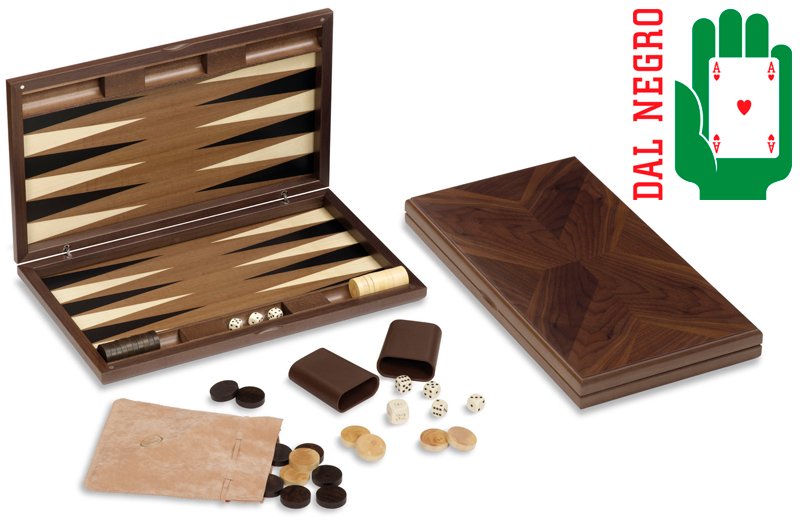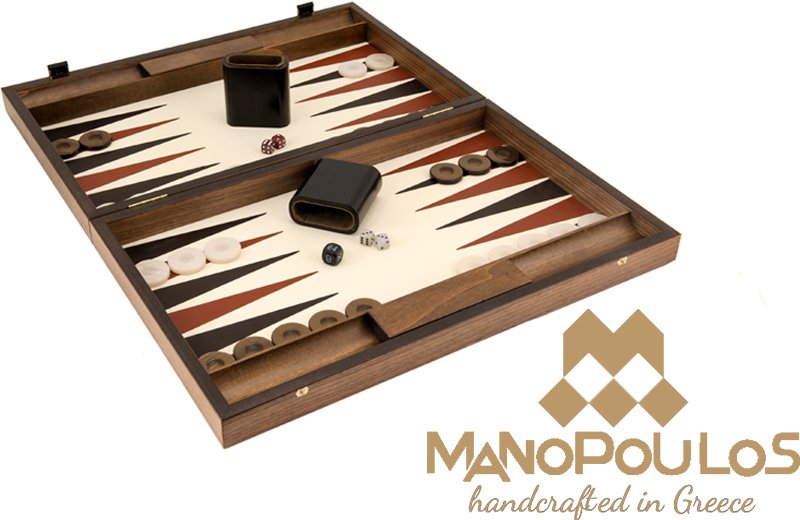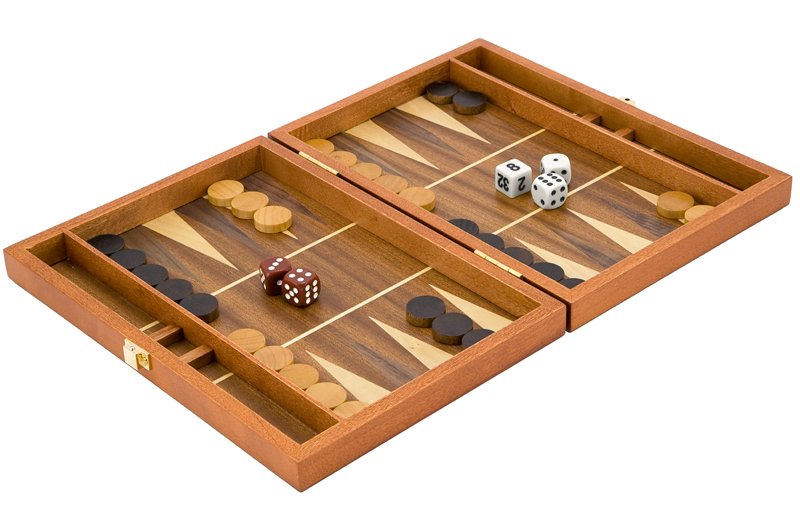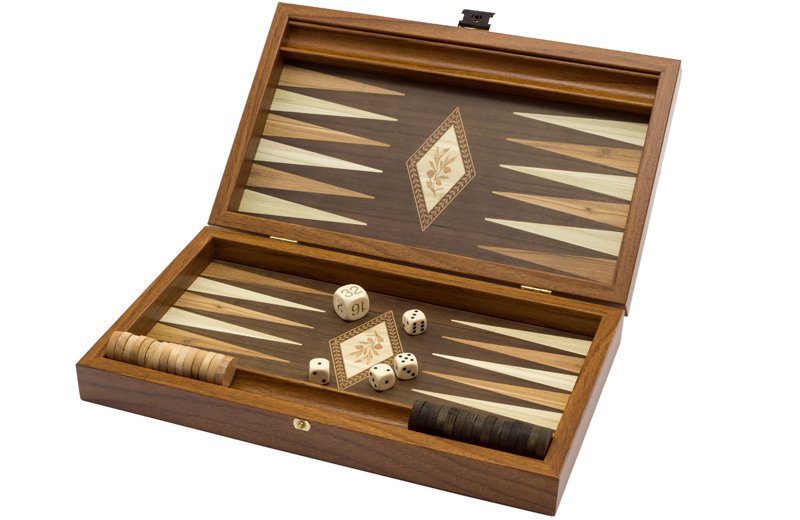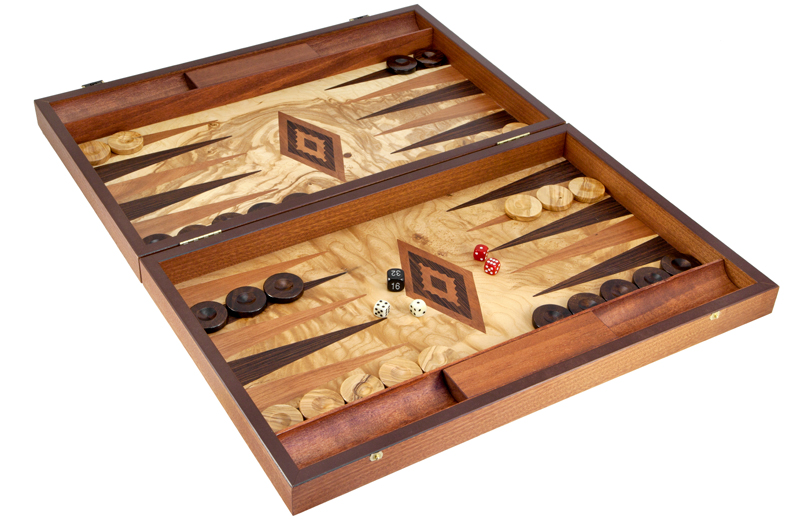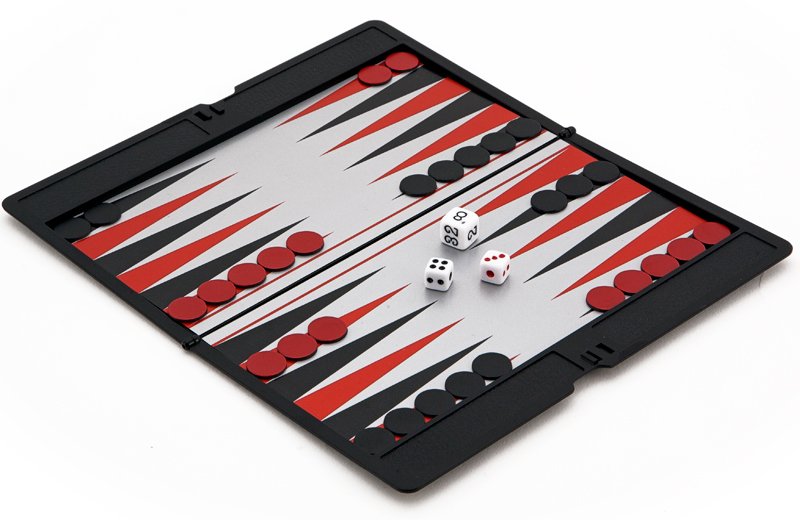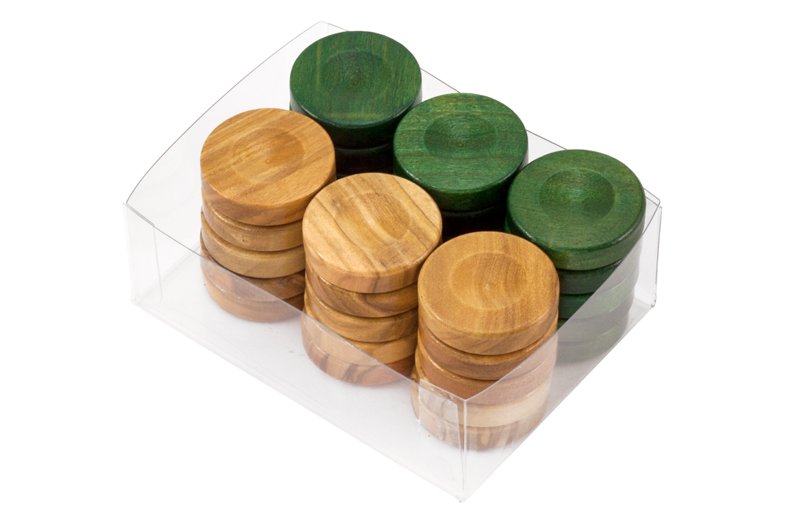With a very simple setup and set of rules, dominoes is perhaps the most immediately intuitive game to play on a sufficiently large surface and has therefore been popularised worldwide. Depending on the variant, there exist a certain number of identically shaped tiles with two sets of dots representing integers. The most straightforward of these varieties is the 'block’ game played with a 'double six’ set.
Dominoes setup
This is usually played between two pairs of players. There are 28 dominoes: one for each possible pair of integers between zero and six, including doubles. In general, a 'double n’ set has one tile per integer pair between zero and n.
Each player draws six tiles from a central deck of the face-down tiles. Those tiles remaining unpicked remain out of the game and are known as 'sleeper’ tiles. The highest double held is played by whosever hand it is in, starting a chain of dominoes initially of length one. Each player proceeds to:
- place a double tile, known as a 'doublet’, perpendicular to a corresponding number at either end of the chain, or;
- place a non-double tile end-on to a corresponding number at either end of the chain, or;
- knock to indicate that neither move can be played.
For example, with a three/five tile in play, a two/three tile may be played in three different ways, each with identical effect.

This proceeds until:
- one player chips out by playing their last remaining domino (or in a stricter format, until both players of a pair chip out), or;
- nobody can advance, and whichever pair has the least combined sum on their dominoes wins in a sort of stalemate.
How to keep score in dominoes
At the conclusion of the game, points are allotted to the winning pair. There are numerous popular methods to do this:
- a point is allotted per game to the winning pair;
- the winners collect a number of points equal to the sum of the opponents’ remaining dominoes. In this variant, games are repeated until a pair reaches 100 points or, as some prefer, 121 points;
- in the event of a stalemate, the winners are awarded the number of points equal to the difference between their opponents’ and their own tiles.
There are endless popular adaptations to these rules; for example, there exist any number of combinations of the number of players and the number of dominoes given to each depending on the players present and resources available.
A more interesting alteration is the draw game. A reduced number of tiles is taken by each player, each possibly playing individually. When a player cannot proceed, they withdrawn one tile from the face-down pile in the centre, unless and until all tiles have been taken, at which point their turn is passed. With all tiles in play, a game with more certainty may be enjoyed.
Cross dominoes
Cross dominoes is a variation that follows the traditional format, but more two-dimensionally. The initial double piece, initially played as in the normal game, needs to have one domino placed on each of its four sides before play can proceed in the usual way. Tiles are picked from the sleeper pile if necessary to facilitate this, after which there are four ends onto which dominoes can be placed.
With larger sets, for example with double nine sets, this may be extended to even larger trees where each doublet is placed perpendicular, with two new chains forming from it. This is known as Double Nine Cross Dominoes and leads to complex, compactly branched trees.
All fives
Alongside the common and easily understood ways of scoring games won, a more unique arithmetic sees points awarded in multiple fives, in a system known as all fives. Additionally, points are won both throughout and at the end of the game:
- whenever a player lays a tile at one end, such that the scores at both ends add up a multiple of five, that number is added to their score, where:
- Non-doublets have the outer half of their tile defined as the end;
- Doublets, played crosswise, have both halves counted such that, for example, a double four at one end and a single two at the other counts for ten
- whenever a player plays in this way, but fails to record their added score, the immediate next player may instead claim the points by declaring 'muggins’;
- each losing player takes the difference between their and the winner’s score at the end, rounds it to five, and awards it to the winner: that is, the closing points are the sum of the rounded differences.
This game is most commonly played to 100.
A further adaptation plays in the same way, but with respect to multiples of three as well as multiples of five. Straightforwardly, this is called all fives and threes.




